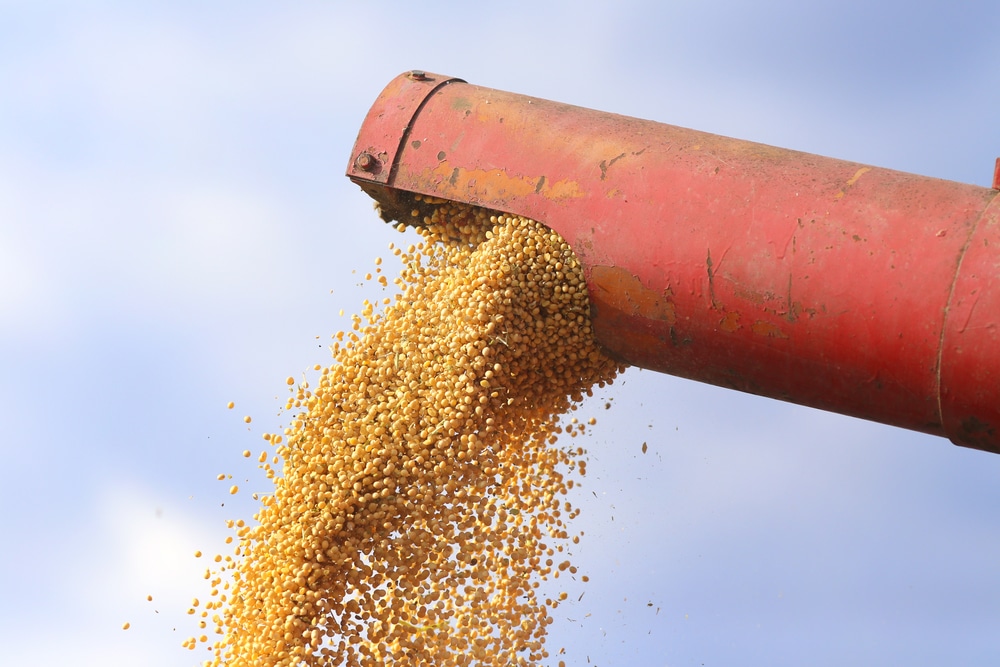While the vast majority of corn has been harvested, there are still some fields that have not seen the combine because of wet grain or swampy field conditions last fall.
“If snow melts and soils allow, some farmers may opt to harvest yet this winter,” says Sara Bauder, South Dakota State University Extension agronomy field specialist. “When making late harvest decisions, it is important to take the economic comparison of storing and drying high moisture corn versus field losses and damage to wet soils into consideration.”
One way to judge the cost/benefit is to estimate drying costs and dividing that cost into the local price of corn. That will give you an idea of the percent corn loss you could withstand by waiting and harvesting later, hoping the corn will dry down further.
To estimate drying costs per point of moisture, multiply the propane price per gallon times 0.02, says Kenneth Hellevang, North Dakota State University Extension engineer and grain handling expert. Multiply that result by the number of points of moisture you need to remove from the corn grain to store it safely. For example, if propane costs $1.50/gal, it will take 3¢ worth of propane to dry one point of moisture ($1.50 X 0.02 = 3¢).
If you need to dry 10 points of moisture, it will cost you about 30¢/bu to dry that grain. If your local corn price is $3.50/bu, the 30¢ drying cost represents about 9%. That would equal the amount of field loss you could withstand by waiting to harvest until spring.
Hellevang notes that new dryers with saturators and vacuum cooling might improve dryer efficiency. And ‘wet points’ do tend to come off easier than dry points. For example, 14% moisture is harder to reach than 19%, and will take more energy on average then drying corn 25 down to 20%, he says.
